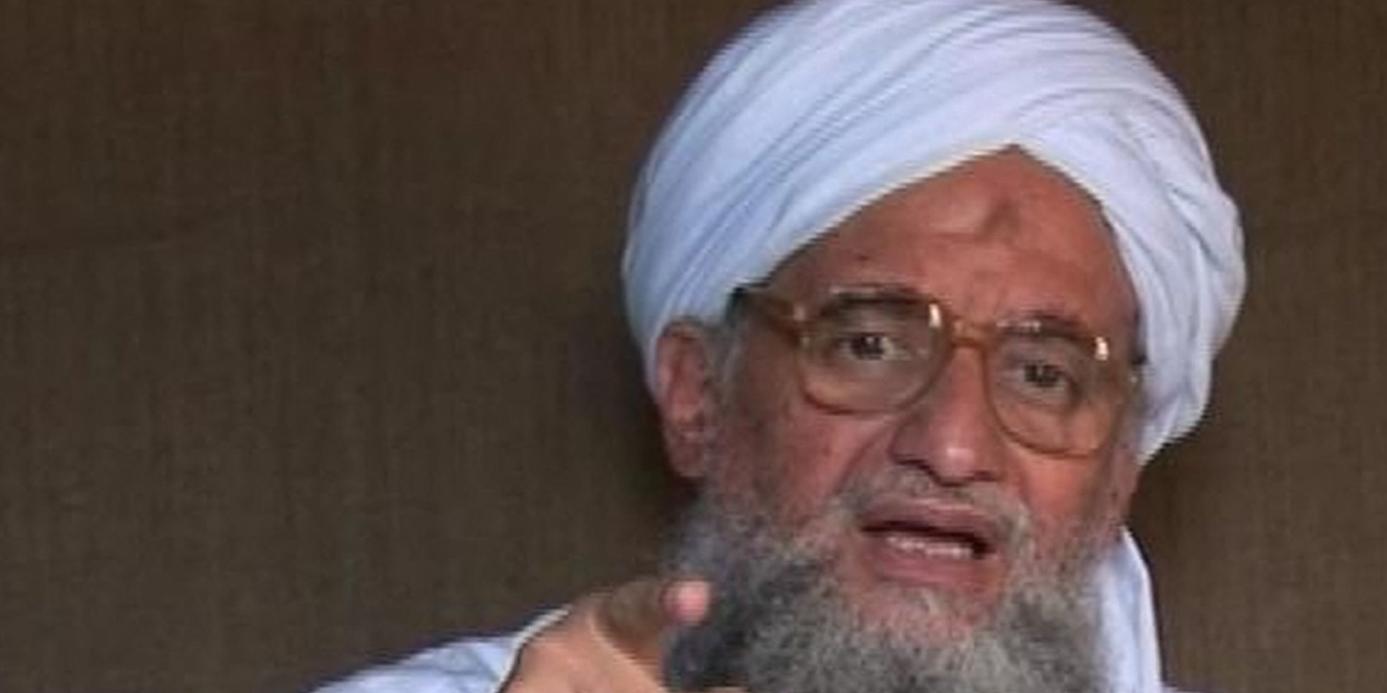The recent death of Ayman Al-Zawahiri, until now leader of Al-Qaeda, will mean a reconfiguration of jihadist movements worldwide. The former leader of the terrorist organisation leaves a gap that, although there is speculation about several names to replace him, will be difficult to fill given his historical trajectory.
On 2 August, the news broke that the US had managed to kill the top terrorist leader. Over the course of the year, US intelligence services had reportedly located al-Zawahiri and his family in a house in Kabul, Afghanistan, to which he had migrated from somewhere in Pakistan. After several months of observation, the US services detected a pattern in the daily routine of Ayman's life: he was identified numerous times on the balcony of his house. This was used as an opportunity to plan a targeted attack.
The operation culminated on the weekend of 30-31 July 2022, when a US military drone launched a state-of-the-art missile that killed Al-Zawahiri. This missile was specifically designed not to explode, killing only the target and causing no collateral damage.
The house where Ayman was holed up allegedly belonged to the network of Sirajuddin Haqqani, the current Afghan Interior Minister and leader of the Haqqani Network. The fact that this network provided cover for Al-Zawahiri would be a direct violation of the agreement reached between the US and Taliban governments on 29 February 2020.
On the other hand, there are rumours that Mullah Yaqoob, the current Minister of Defence and son of the first Taliban Amir Mullah Omar, was the one who provided Al-Zawahiri's location. This could be due to internal conflict within the Taliban government and growing tension between Sirajuddin Haqqani and Mullah Yaqoob.
The elimination of this individual represents one of the biggest US victories in its fight against terrorism since the death of Osama Bin Laden in 2011. However, it will be a symbolic victory, as it is likely to have limited tactical impact on Al Qaeda's sub-branches.
Several names are being considered to succeed him as leader of the terrorist organisation. All of them belong to Al-Qaeda Central, since the franchises scattered throughout the rest of the world, which are very autonomous in their actions, do not have such a charismatic and relevant figure to lead the organisation as a whole. It was during the early years of the leadership that internal quarrels arose that resulted in the split of what we know today as the Islamic State (DAESH). It should be remembered that Al-Qaeda was originally created as a grouping to fight the Soviet invasion of Afghanistan in the 1980s and evolved into an ideological promoter and vanguard within Islam.
Although until the identity of Al-Zawahiri's successor is known, different courses of action could be considered (such as reunification with the Islamic State, or, on the contrary, increased friction towards that group, or continuing the armed struggle for political purposes, etc.), in the short term it is not expected that the death of the current leader or his succession will bring about a radical change in the terrorist group's objectives. Thus, the new leader is expected to continue with the same line of action. His focus seems to be on the struggle for power and hegemony that is currently taking place in different regions of Africa and the Middle East.

